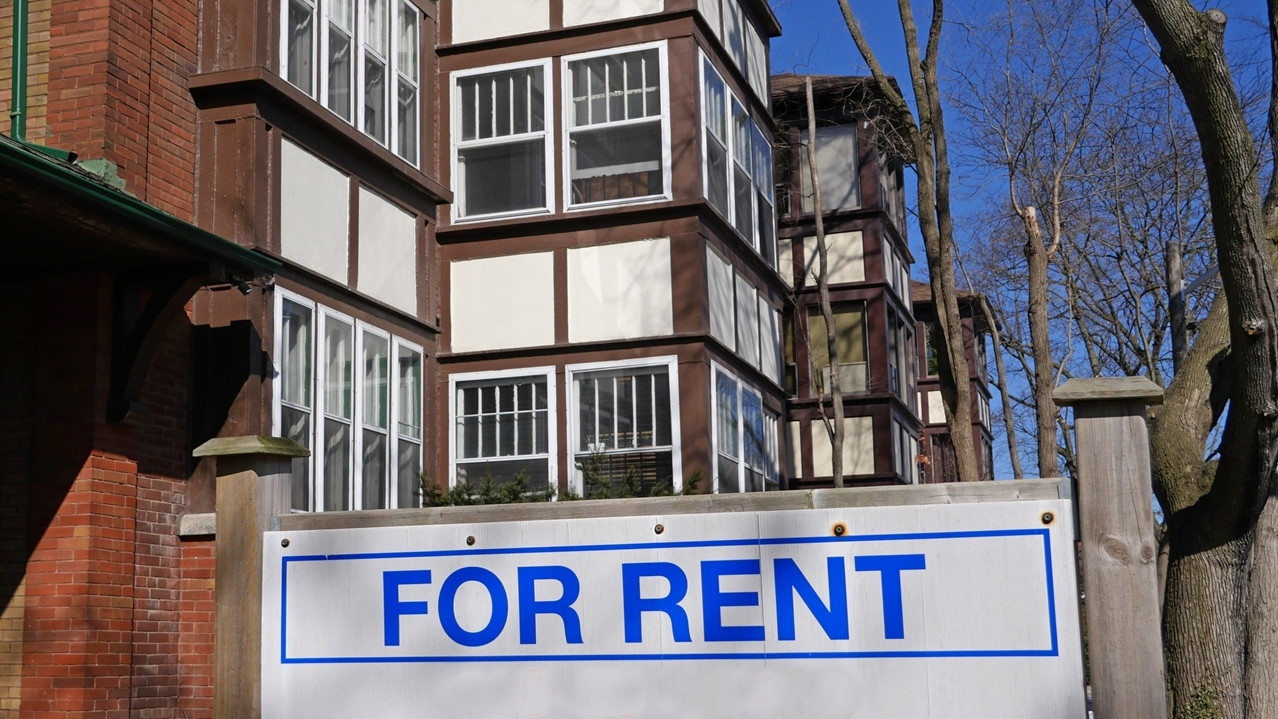Proposed Housing Ordinance Combats Segregation

By: Kendra Freeman
March 30, 2021 / Blogs
March 30, 2021 / Blogs

This article first appeared in Crain’s Chicago Business
Segregation is no secret in Chicago. Our housing policies and practices have been a culprit as to why someone’s ZIP code is too often a barrier in “access to jobs, grocery stores, transit, and other opportunities,” as a task force recently wrote.
Last week, Chicago unveiled a new plan to make housing part of the solution to segregation, rather than a contributing factor.
Affordable housing not only helps people more easily access necessities, like jobs and schools, it also allows people of different means and backgrounds to live together in the same community. Affordable housing helps long-term residents stay in their neighborhoods as rents rise all around them and enables people at various income levels to live in their neighborhood of choice.
The City’s Affordable Requirements Ordinance (ARO) confronts racist and classist forces such as redlining, restrictive covenants and contract buying that have painted familiar maps of disinvestment in our region. How?
•Expands access to affordable housing. MPC Analysis of American Community Survey data revealed that more than six in 10 Black Chicago households and more than fi
ve in 10 Latinx Chicago households could not afford an ARO rental unit under current conditions. That’s why the new ordinance spurs the production of units that are actually affordable to most Black and Latinx Chicagoans through a four-tiered, weighted “income-averaging” system ranging from 30 to 60 percent of the area median income (AMI).
•Balances the geography of affordable housing throughout the city. There’s currently red tape around the location of affordable units under the current ARO; so many developers end up paying a penalty fee rather than building units. In fact, only 1,046 affordable units have been completed or are under construction to date. The new ARO incentivizes developers to build more affordable housing, in bigger units that accommodate more families and in more parts of the city where options are desperately needed.
•Aligns affordable housing with transit. Low-income households need not only affordable housing but also access to affordable transportation. This ordinance includes provisions to ensure that affordable units are as well-served by transit as the market-rate projects that triggered their development.
•Promotes options for people with disabilities. Accessibility is an important component in this proposal. The ordinance says that at least one-quarter of affordable units should be accessible, and that developers shall give preference in leasing or selling such units to the people who need them.
Segregation is everyone’s problem in Chicago, and affordable housing in all Chicago neighborhoods is one way to begin to bridge the divide. The Affordable Requirements Ordinance is not the sole solution to our affordable housing crisis, but the improvements to this policy offer pathways for every neighborhood to contribute. We at the Metropolitan Planning Council urge the City Council to vote in favor of this update to the Affordable Requirements Ordinance.
Kendra Freeman is vice president of the Metropolitan Planning Council. Kris Tiongson is a research assistant at the organization.